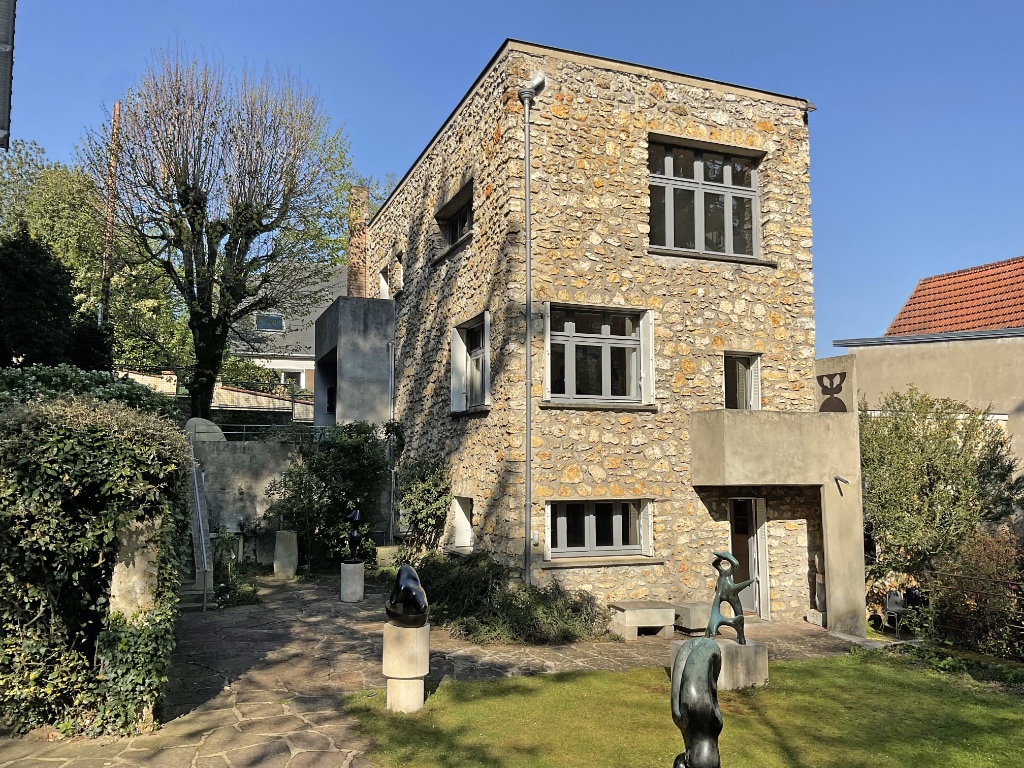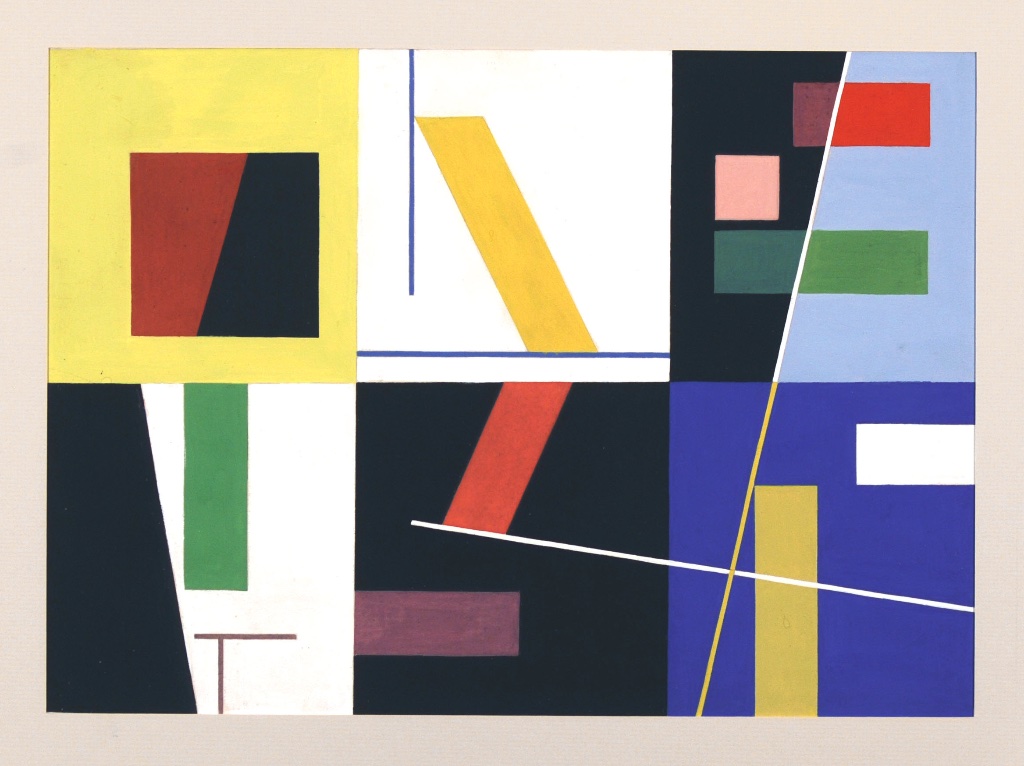The sculptor and poet Jean Arp (1886-1966) may be best known to English-language cruciverbalists (yes, it’s a word, referring to a skilled crossword-puzzle solver) for his three-letter last name, which provides convenient fill for awkward gaps in a crossword grid, but he was, more importantly, also an accomplished and well-known sculptor, married to another talented artist, Sophie Taeuber-Arp (1889-1943).
Luckily for Parisians and visitors to the city, their home and studio in Clamart, near Paris, has been preserved by the Fondation Arp and is open to the public, offering an easy and enjoyable getaway from the city.
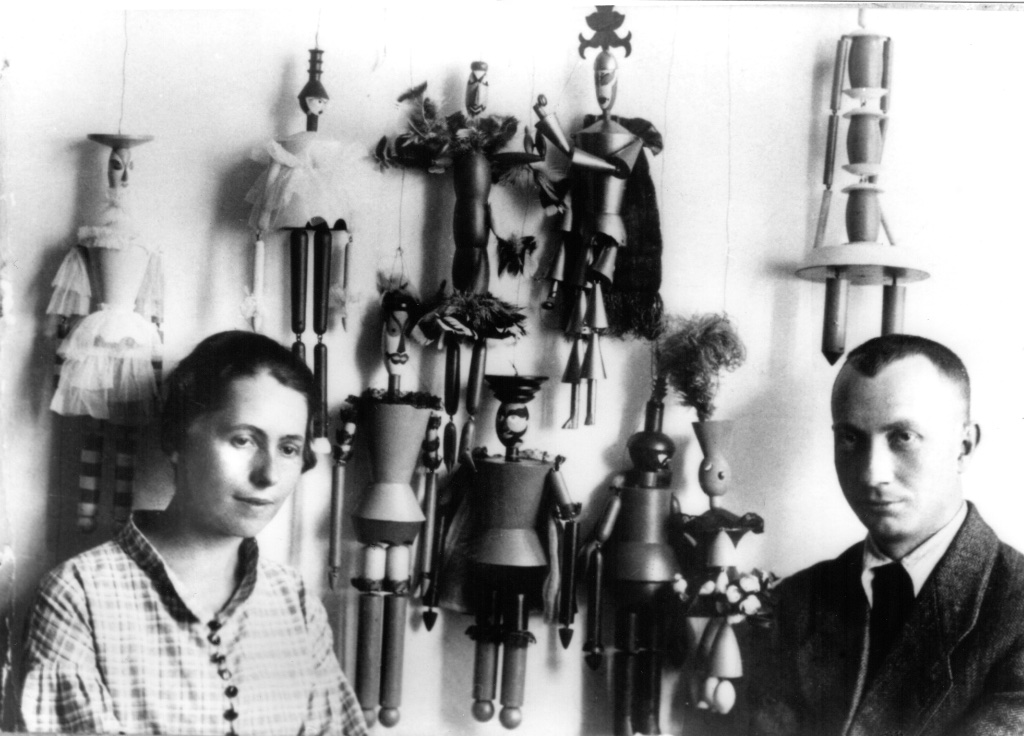
Arp was named Hans when he was born in then-German-controlled Strasbourg but was later obliged to Frenchify his name to Jean. After living in Paris off and on, a major turning point in his life came when he moved to Zurich in 1915 to avoid fighting in World War I. There he met his future wife, the Swiss artist Sophie Taeuber, and began his association with the Dada group. He later dallied with the Surrealists and was a founding member of the Abstraction-Création group.
The couple finally settled in the Paris area in 1926, and built their house and studio in Clamart, following the example of their friend Theo van Doesburg, founder of the De Stijl movement.
When the Second World War came, the couple went back to Switzerland to sit it out, but in 1943, Taeuber-Arp died of carbon monoxide poisoning from a faulty stove.
Originally a textile artist, Taeuber-Arp was known for her work in concrete art and geometric abstraction. After the two met, she often worked in tandem with him and influenced his style. While he leaned toward curvaceous, organic shapes in his sculptures, however, Taeuber-Arp was enamored of geometric forms.
It was she who designed the couple’s modernist house in Clamart as well as much of the furniture, a few pieces of which can still be seen there. Not notable for their beauty, they are strictly functional, modular pieces in keeping with her geometric inclinations.
While Arp’s name still resonates in the art world, Sophie Taeuber’s was more or less forgotten until recently, in part perhaps because she died so long before her husband, while Arp lived on to return to Paris, continued producing art and poetry and became increasingly famous.
The current exhibition in the three-story Clamart house, “Esprit d’Atelier” (through November 24, 2024) focuses on the couple’s shared lives and their work there. At first, more space seems to have been devoted to each artist’s studio than to their living quarters. Her studio and their bedroom were on the top floor. He worked on the middle floor, and the kitchen and the dining room were on the ground floor.
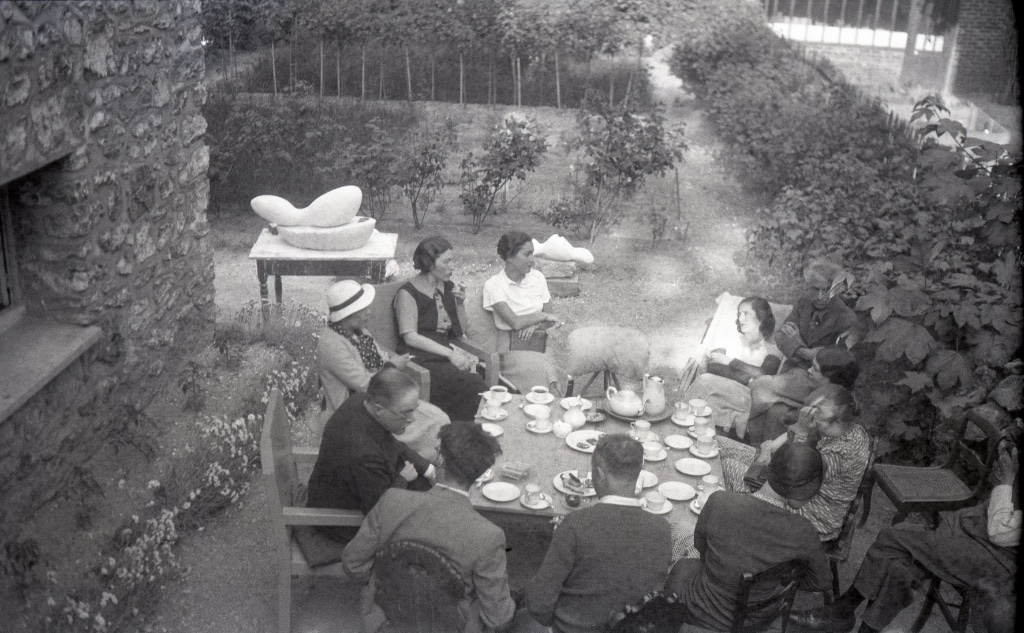
The exhibition includes major works by both artists, including sculptures, paintings, drawings, written works and photographs illustrating the “spirit of the studio.” Their works are presented in the respective spaces they occupied in the early days, along with some collaborative pieces they produced together. The photographs on show beautifully capture the atmosphere of the house/studio, which attracted such eminent visitors as James Joyce, Max Ernst, Tristan Tzara, Kurt Schwitters, van Doesburg, Paul Éluard, Marcel Duchamp and Maurice Ravel.
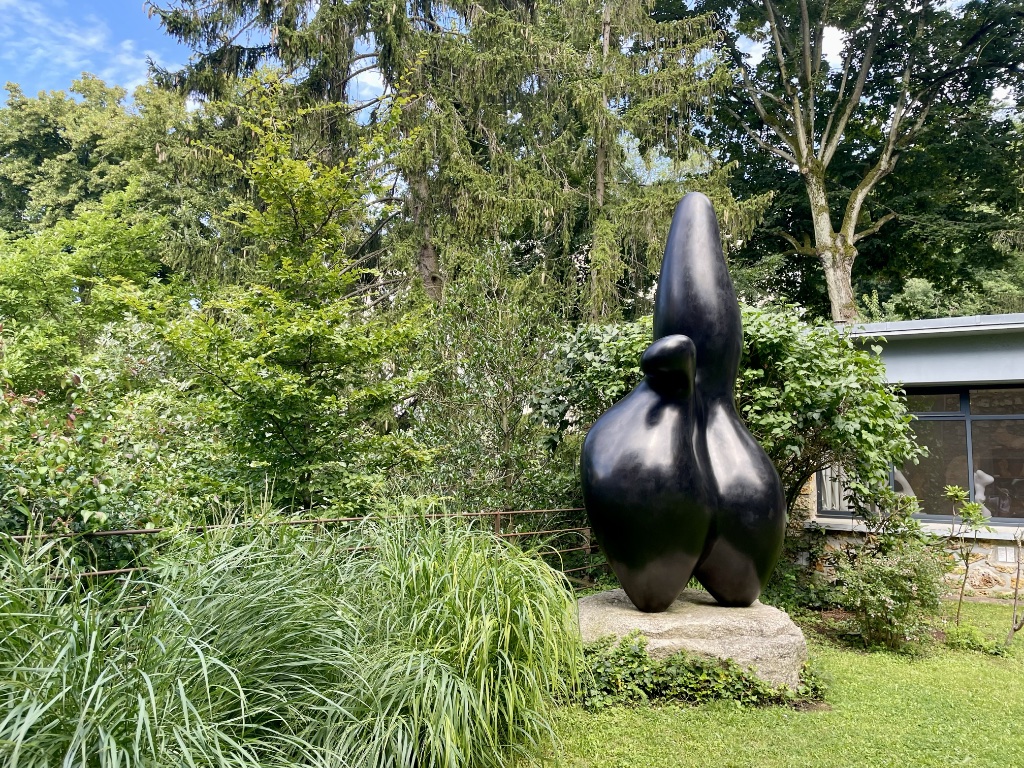
Arp later purchased the house next door and enlarged an outbuilding into a sculpture studio, where many of his works are now permanently on show. The original house became a residence for him and his new wife, Marguerite Hagenbach (1902-1994), who was also Swiss and made sure that the property was preserved by creating the Arp Foundation after the sculptor’s death (in 1966).
On the walk up the hill from the RER station to the Fondation Arp, you will pass the modernist house designed by van Doesburg, who died before his own house was built (his wife had it completed and then lived there). It is currently being restored.
When you leave the Arp house, take the short walk up the hill and around the curving Rue des Fougères to check out the eccentric residential architecture that has blossomed there. The street then loops down again toward the station via the Rue du Cèdre.
Favorite
